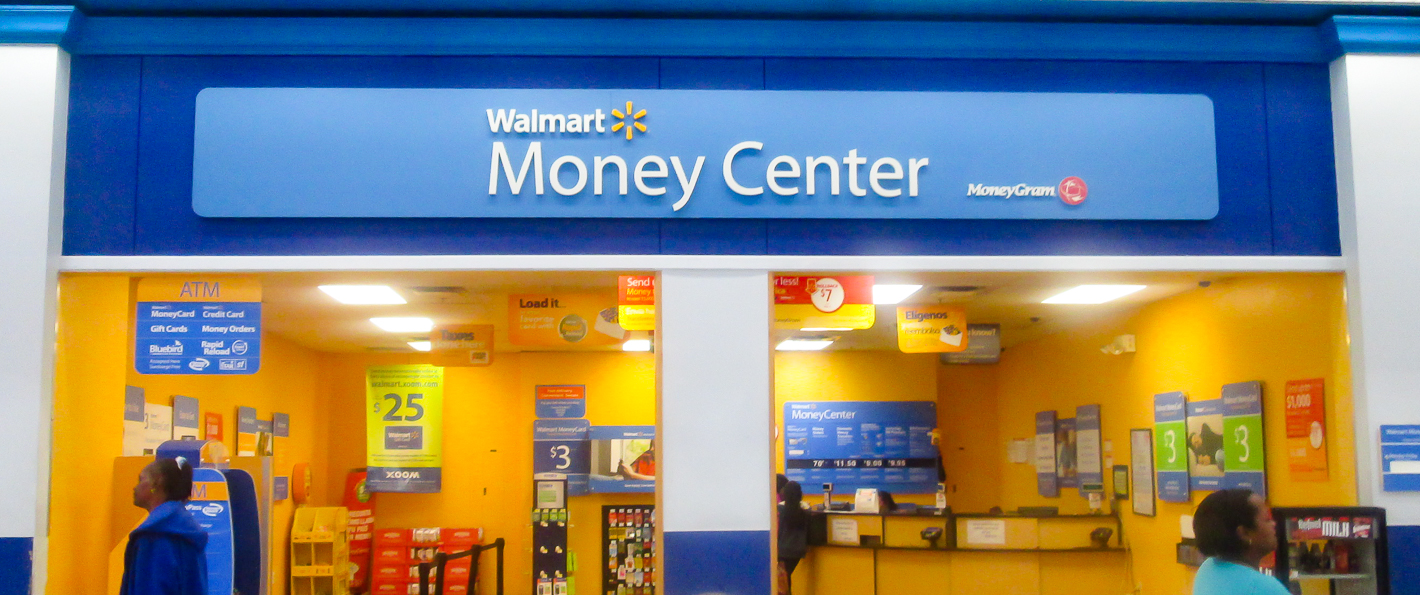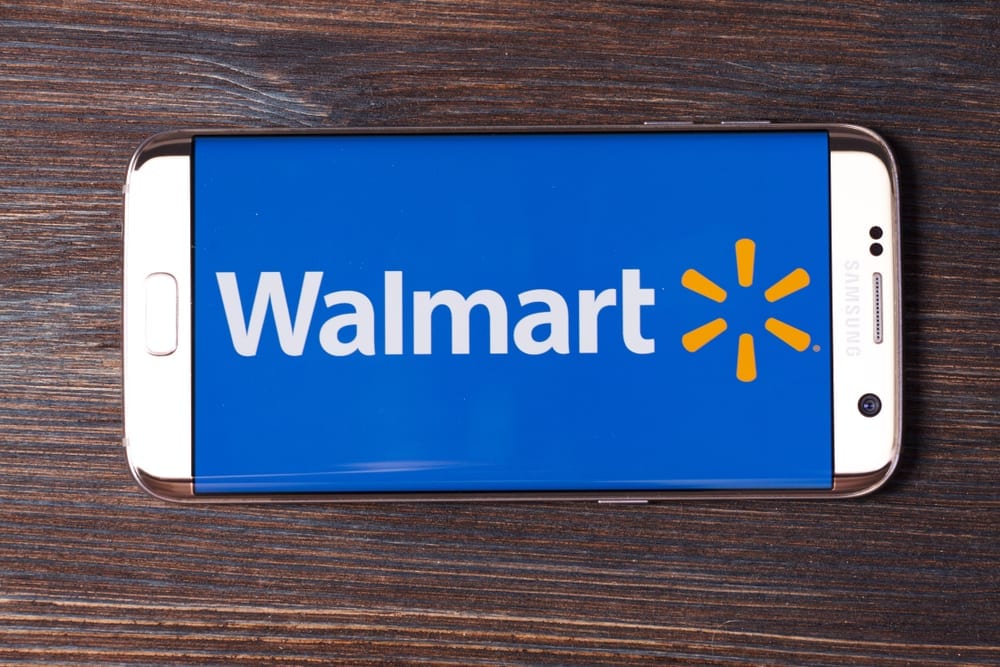Competition for Banks & Neobanks: Walmart Announces Entrance into Banking
The newest episode of This Week on PYMNTS.COM covered, among other topics, the impending entry of Walmart into the banking space. PYMNTS’ Karen Webster spoke to Ingo Money CEO Drew Edwards, who is sometimes referred to as “the OG [Original Gangster] in FinTech."
Walmart is beginning neobank services for its 1.6 million employees via FinTech ONE, formed earlier this year after they created an in-house FinTech unit in 2021 with Ribbit Capital, a venture capital backer of Robinhood.
One, a fintech company backed by Walmart Inc , will introduce checking accounts to thousands of Walmart employees and a small percentage of its online customers for beta testing in the coming weeks, two people familiar with the matter said.
The fintech aims to make the accounts available to Walmart's 1.6 million employees within a year before rolling out services more broadly, the people said. It also hopes to expand its offerings to loans and investments.

Trouble for Traditional Banks, Neobanks, or Both?
Of course, whenever an entity as huge as Walmart enters any particular space, the "traditional residents" of that space tremble a bit.
Edwards, however, did not foresee disaster for traditional banks:
“It’s not like Walmart is going to be one that's going to disrupt the banking industry. I feel like the neobanks are already doing that. So, whereas in the first go round I was probably anti Walmart getting in the banking business, this just feels OK.”
He added, “I don’t think Walmart is as big a threat to everybody as they may have been 10 years ago. I feel like it’s a good time for Walmart to do this … as long as they get the money mobility right. Money in, money out.”
When news of Walmart's move began to emerge months ago, we were admittedly apprehensive. However, as PYMNT'S Webster points out, the pressure could actually be on neobanks rather than traditional banks:
“They could actually be a pretty interesting entrant and a threat to neobanks because of the population that they serve, the capabilities they could knit together within the digital bank as being the foundation for payment for all these other services and capabilities. It’s something to keep an eye on.”

While Edwards' perspective is that Walmart's entry could affect neobanks more than traditional banks, it is important to focus on key factors that still could be a cause for concern for traditional banks.
As noted in an article from Financial Post:
With more than 150 million customers and 5,300 stores across the U.S. — many of which are open 24/7 — Walmart would instantly have a consumer base and network of branches that would rival those of JPMorgan, Bank of America Corp. and Wells Fargo & Co.
Walmart's physical footprint, hours of operation, and customer base should be a major concern for traditional banks. This makes Walmart widely accessible -- at nearly any time of the day -- to most individuals across the country. Additionally, Walmart has a foundation through its ONE app that can be built to rival many of the mobile banking apps.
However, we would be remiss to not point out that Walmart does not possess any ATMs, which is a convenience for those seeking cash quickly.
Another interesting topic will be how Walmart handles the amount of fraud -- specifically check fraud -- that is occurring. As we noted in Modernizing Fraud with AI, Walmart is under scrutiny as the FTC is suing Walmart for facilitating money transfer fraud — costing customers hundreds of millions. How Walmart will deal with rampant check fraud remains to be seen.
Traditional banks do have major advantages over Walmart, as they have the infrastructure, operations, and technology like AI and machine learning that streamline banking functions such as checks.
Banks are also seen as more secure, with the ability to leverage technologies like image forensic AI to reduce the amount of fraud losses to customers. Banks would be wise to embrace these technologies in order to keep a leg-up on new entrants into the banking space.
